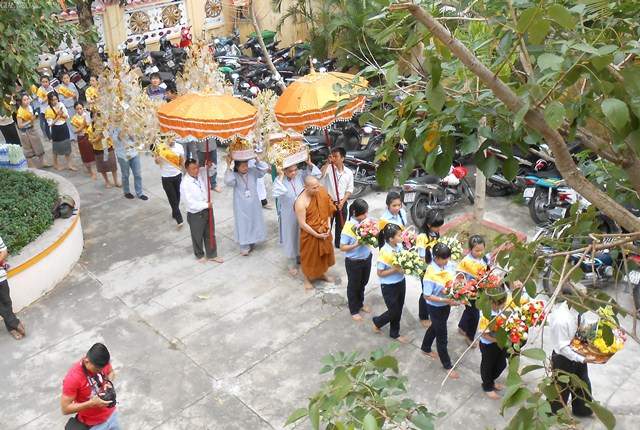Tam Thai Pagoda, also known as Tam Thai Tu, stands as one of the renowned tourist attractions in Da Nang. This ancient pagoda offers tranquility and spiritual reflection, making it a must-visit destination. Join Vietnampeace.com to uncover the beauty of this pagoda, often likened to a heavenly realm on Earth!
1. Overview of Tam Thai Pagoda Da Nang
You’ll find numerous famous pagodas on the Da Nang tourist map, such as Quan Am Pagoda, Linh Ung Pagoda, and Pho Da Pagoda. Among them is Tam Thai Pagoda, an ancient, sacred site not to be missed on your Da Nang exploration.
1.1 General Introduction to Tam Thai Pagoda
– Location: Hoa Hai Ward, Ngu Hanh Son District, Da Nang City.
– Situated on Thuy Son Mountain, one of the legendary Ngu Hanh Son mountains, Tam Thai Pagoda is a spiritual destination attracting many Buddhists. Particularly for Da Nang tours, Tam Thai Pagoda is a sacred spot reminiscent of a celestial paradise.
– Located 13 km from the city center of Da Nang, it features 156 stone steps leading to Tam Thai Pagoda, also known as Trong Pagoda. During King Minh Mang’s royal inspection tour 1825, he explored various landscapes and named all the rocks and caves. In 1826, bells and statues were cast for the pagodas, including the Tam Thai Pagoda, where the king’s sister practiced meditation. King Thanh Thai also visited the pagoda to pray for national prosperity.
1.2 History of Tam Thai Pagoda
The pagoda was first built in 1630 under the name Tam Thai Tu. The initial construction was overseen by a Chinese Zen master named Hung Lien, following the Northern Buddhist sect. In 1825, during Minh Mang’s reign, the pagoda underwent reconstruction and significant changes to its appearance. The overall appearance underwent major changes through multiple renovations from 1907 to 1995. In 1901, a storm damaged the pagoda and was reconstructed in 1907. Venerable Thich Tri Giac renovated the pagoda in 1995 with a southern-facing structure, a two-tiered roof with ceramic tiles, and a decorative moon-shaped crest.
Currently, the pagoda still preserves the Tam Thai Tu signboard and the engraved heart-shaped fire symbol inscribed by King Minh Mang, praising the limitless compassion of the Buddha in saving sentient beings.
2. Ideal Times to Visit Tam Thai Pagoda
You can visit the pagoda any time, as this scenic landmark is open year-round, except for days affected by storms, floods, or complicated disease situations that may require closure. However, based on the experience of Vietnampeace.com, it’s advisable to avoid visiting from October to December due to the rainy season in Da Nang, leading to slippery mountain roads and challenging travel conditions.
Instead, consider visiting during the spring when the weather is mild and sunny or in the summer, the peak season. If you want to combine your visit with My Khe Beach and Non Nuoc Beach, going in May, June, or July is recommended.
3. Getting to Tam Thai Pagoda by Different Means of Transportation
Located approximately 10km southeast of the city center, reaching Tam Thai Pagoda is convenient with the following three transportation options:
– Motorbike: Riding a motorbike provides flexibility regarding time, itinerary, and cost-effectiveness. If you rent a motorbike, the cost is around 150,000VND-180,000VND per day. You can select either of the two routes:
– Route 1: Vo Nguyen Giap – Truong Sa – Non Nuoc
– Route 2: Le Van Hien – Non Nuoc
If you encounter difficulties during the journey, you can use Google Maps or ask residents for assistance.
– Bus: A Da Nang – Hoi An bus route passes through the Ngu Hanh Son area. You can take the bus for a more economical option, costing only 25,000VND per trip. Buses operate frequently throughout the day, approximately every 20 minutes, with service stopping around 5:30 PM daily.
– Taxi: Taxi services are suitable for families or groups. Taking a taxi is more comfortable, spacious, and refreshing.
4. Exploring the Unique Architecture of Tam Thai Pagoda
Tam Thai Pagoda boasts a majestic and splendid three-tiered architecture. The first tier, facing north, is called Thượng Thai; the second tier, facing south, is Trung Thai, and the third tier, facing east, is Hạ Thai. The architecture of Tam Thai Pagoda is designed in the shape of the word “Vuong” in Chinese characters, featuring artistic and highly aesthetic lines. The outer gate resembles a bell tower with a traditional, ancient appearance.
In the center of the pagoda courtyard stands a symmetrically balanced statue of Phat Di Lac (Maitreya Buddha), carved from marble with an imposing presence. The pagoda’s roofs are built with dual layers, representing yin and yang, and the pagoda’s peak is adorned with a crescent-shaped moon. This architectural style is considered characteristic of Nguyen Dynasty pagoda architecture. The front columns of the hall are carved with intertwined dragon motifs. On both sides of the courtyard are ceremonial arches, where King Minh Mang built resting places during his visits to the pagoda. The walls on either side of the main path are carved with bas-reliefs of two deities, Ta Phu and Huu Bat, believed by the locals to guard the pagoda. The main hall of the pagoda venerates Buddha Amitabha, Quan The Am Bodhisattva, and Dai The Chi.
5. Notes for Visiting Tam Thai Pagoda in Da Nang
Tam Thai Pagoda is a sacred site in Da Nang. Before visiting this pagoda, consider the following information:
– Choose modest attire, especially during temple ceremonies, to ensure the sanctity and reverence of the Buddha’s place.
– If you want to take photos, limit them to the temple grounds and avoid taking pictures in the worship areas to maintain the solemnity of the pagoda.
– Maintain silence and avoid gathering noisily in the worship areas.
– The road to the pagoda is relatively narrow, so be extremely careful.
– Opt for comfortable and safe footwear, such as sandals.
– You can bring snacks and drinks, but maintain cleanliness in the temple courtyard and avoid littering. Look for local eateries near the Ngu Hanh Son area to try Da Nang’s specialties.
6. Nearby Attractions to Tam Thai Pagoda
Other attractions in the Ngu Hanh Son region that you may visit include:
– Linh Ung Pagoda: A must-visit destination for anyone in Da Nang, often sought for blessings and career success.
– Huyen Khong Cave: The highest peak in the Ngu Hanh Son range, where you can explore the beauty of marble inside the cave.
– Am Phu Cave: The longest and most mysterious cave in the Ngu Hanh Son range, with a unique and memorable landscape.
Tam Thai Pagoda is currently a significant spiritual destination with profound significance. It serves as a heavenly place on earth where everyone wishes to come for moments of relaxation and tranquility. Vietnampeace.com wishes you an exciting journey exploring Da Nang!
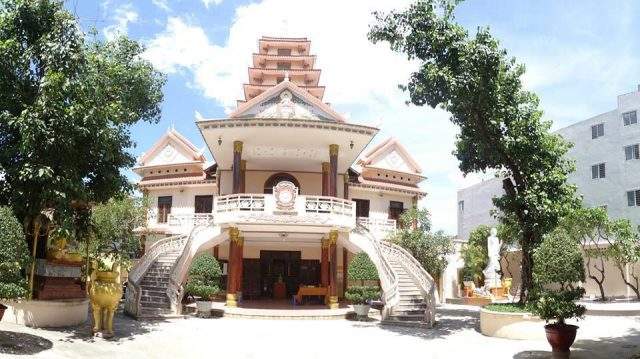
Famous Tam Bao Pagoda in Danang (Photo ST)
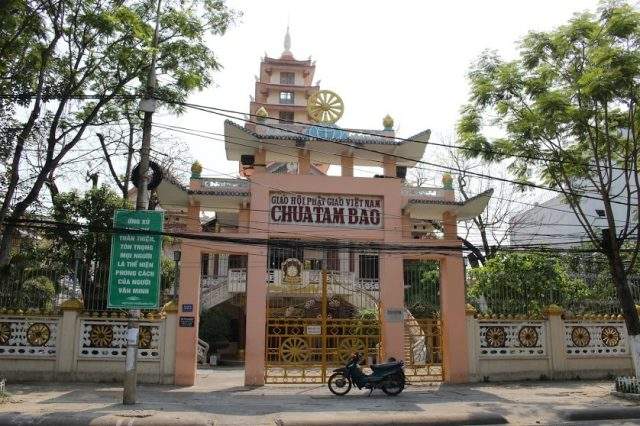
The entrance to the temple is located on Phan Chu Trinh Street (Photo ST)
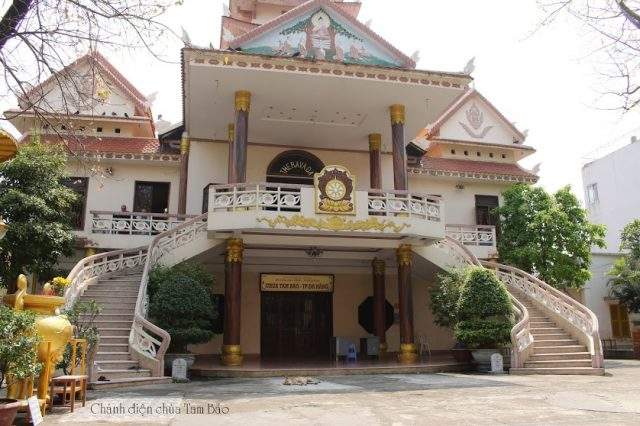
Temple Main Area (Photo ST)
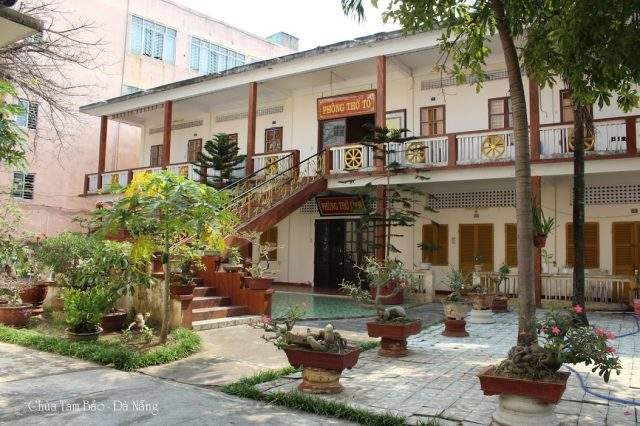
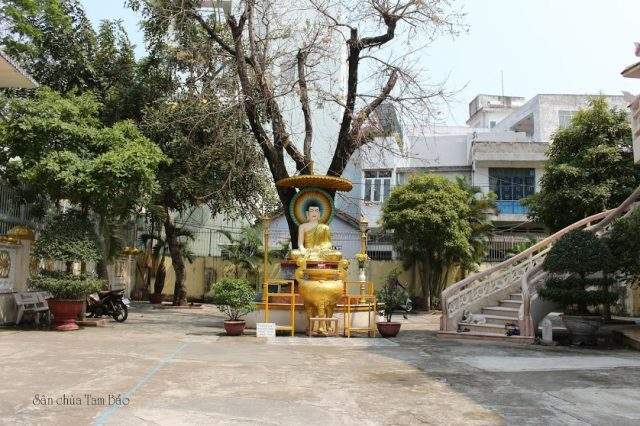
The spacious front yard of Tam Bao Pagoda in Danang (Photo ST)
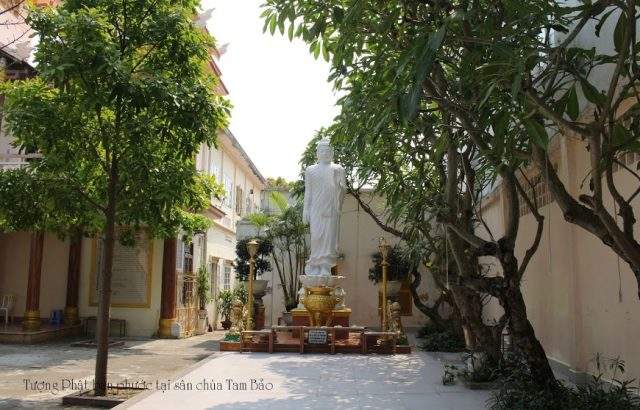
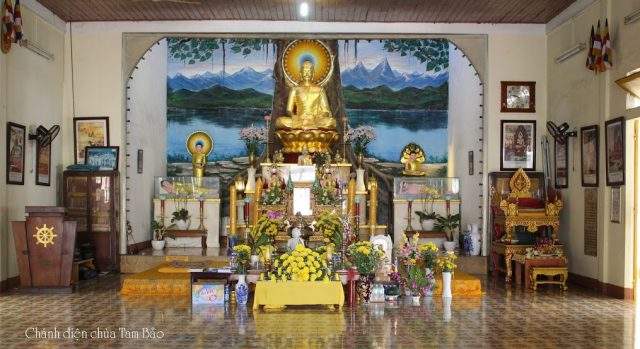
The main sanctuary in the temple (Photo ST)
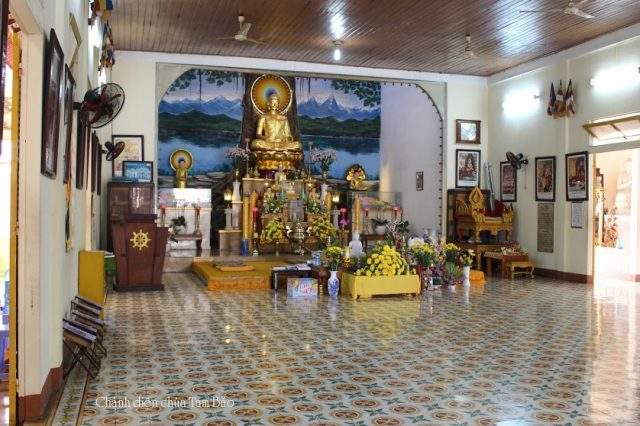
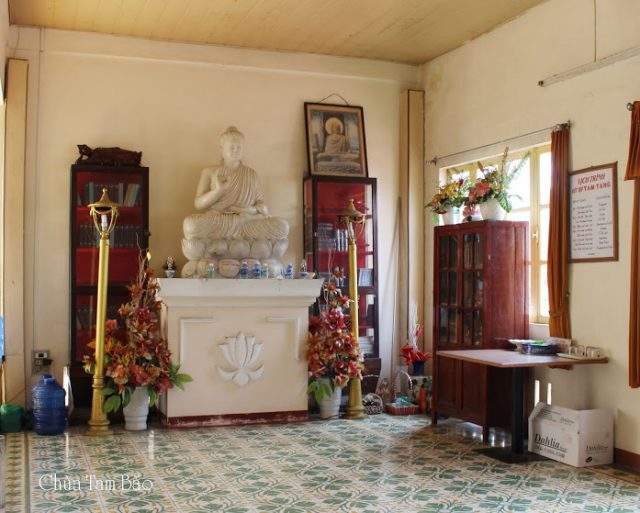
The temple also owns many valuable statues (Photo ST).
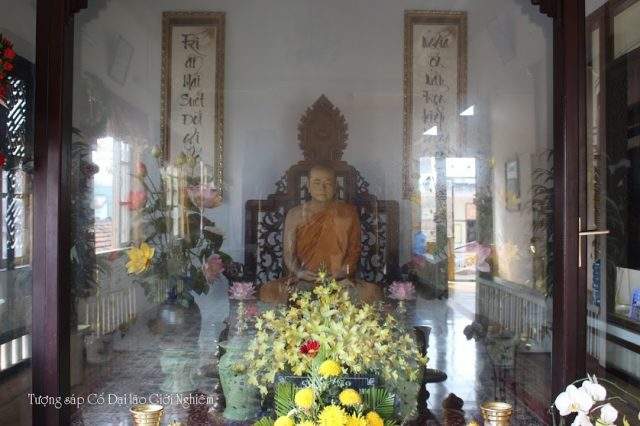
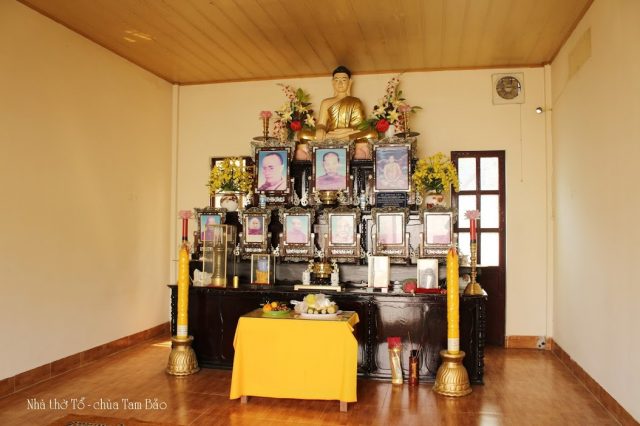
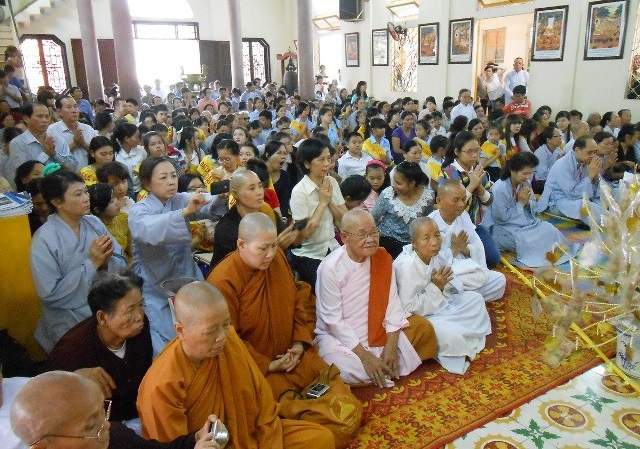
Pictures of Y Kathina offering at Tam Bao pagoda (Photo ST)
